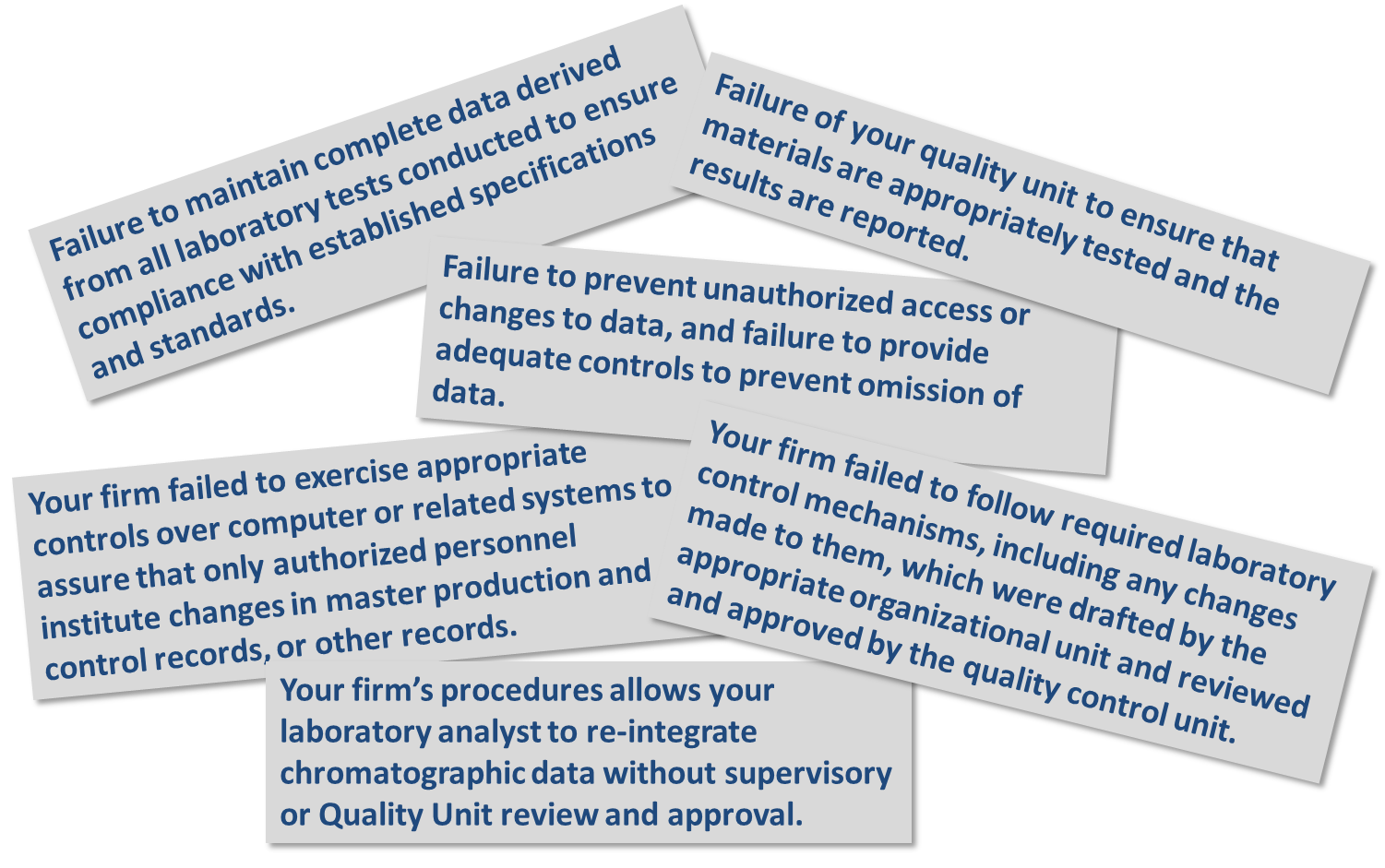May 6, 2020

May 6, 2020

In order to optimize the storage and reuse of data within your organization, we recommend that you consider implementing data standards throughout your business.
In our previous blog post "An Introduction to Scientific Data Standards", we introduced some of the key concepts regarding data standards in use in the life science and pharmaceutical industries, including some of the main standards available.
In this article, we explore the key questions you should ask yourselves when selecting and implementing scientific data standards in your organization.
The first question you should always ask is "What is the problem that I am trying to solve and is there a business case for solving it?"
Perhaps you are looking to implement a common framework to automate the processing of raw data from your laboratory equipment, or maybe trying to bring all of your results data together in a standard machine readable format to enable future data mining and analytics. Not only should you define the actual use-cases that will be fulfilled by implementing a data standard, but also understand and document your existing processes and how they may need to be changed to support the implementation.
It is important to determine your reasons up front, because they will likely dictate the standards that are relevant and the types of tools you need to interact with the data.
You should clearly define the types and sources of data you would like to integrate into any standard. For example, analytical results or bioprocess raw data direct from laboratory equipment, or calculated results that are currently stored in your ELN or LIMS. Some methods and data sources may not currently be supported and may therefore require significant effort to implement. Adding new data sources into some of the data standards may also require technical skills or experience not currently available in your organization. Both of these can add significantly to the cost of implementing the standard.
Some data standards use a format that limits their interactions to a selected number of applications. Other data standards are more widely supported and enable many existing tools to create, read and process the data. In addition, groups such as the Allotrope Foundation encourage sharing of tools between members to increase the pool of available software.
You should make sure your needs can be met in a realistic time frame before implementing any standards across your organization. Carefully assess what is/will soon be available and what will need to be built. Do not reinvent the wheel unless you have to.
Consider looking at tools which leverage the standards and provide a framework on which you can build. Examples of key solution providers in this area are companies, such as BSSN, TetraScience and Zontal.
It is important to look at the total cost of ownership of any solution and not just the initial outlay. Ongoing membership commitments to develop the framework around a particular standard may be included in your budget for the first few years. What about 5-10 years down the line?
If you are a small startup or biotech, you will need to think carefully about how the benefits will balance the ongoing costs. Some standards are open and do not require membership. Others may require an ongoing financial commitment, but this may help grow and support the use of the standard, which has its own benefits.
Clearly, there is a lot to consider when implementing data standards across your organization and here we have only provided an introduction.
During any selection process, it is important to take a holistic view of the different data standards available and work with those who have experience across all of the standards before making any decisions.
Our team of experts provide independent strategic and business consulting services. We can help you understand your requirements and prioritize the most important questions for the digital transformation of your business.
TAGS: R&D Technology Data Standards

April 6, 2020
With automation becoming more mainstream in science, vast quantities of data are now generated by many organizations every day. This deluge of data is often managed ineffectively, limiting the...

May 23, 2017
Data integrity has recently been in the agency spotlight. In part because of the draft data integrity guidance issued April 2016, but primarily due to an increased number of inspection findings...